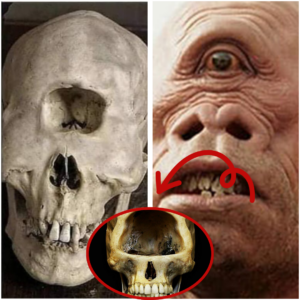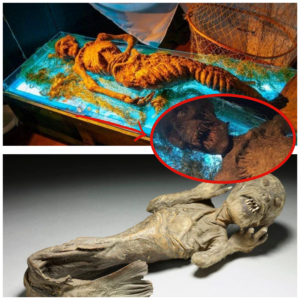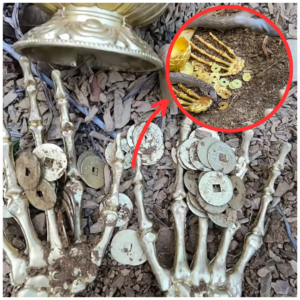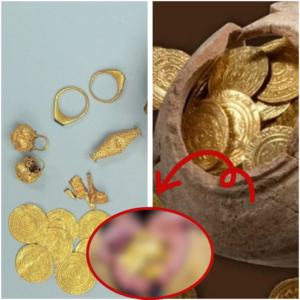The ancient Roman city of Baiae, on the northwest shore of the Gulf of Naples, was once a popular coastal resort famous for its idyllic location and therapeutic mineral springs that drew the likes of Julius Caesar, Nero and Caligula. But what really enticed the wealthy and the powerful to this resort town were its beach parties, the wine and the women. In Baiae, “unmarried women are common property, old men behave like young boys, and lots of young boys act like young girls,” wrote the ancient Roman scholar Marcus Terentius Varro. Others described it as a “den of licentiousness and vice” and a “vortex of luxury”. Baiae’s hedonism was as notorious as that of Las Vegas today.
But much of Baiae now lies underwater. The same subterranean volcanic activity that brought hot water to the surface and turned Baiae into the imperial capital of debauchery and vice also caused its downfall, quite literally. The entire land dropped like a plate by more than six meters —a process known as bradyseism, caused by the emptying of the underlying magma chamber. This happened during the 16th century, but by then, Baiae was already a mere shadow of its former magnificence.

Photo credit: Roberto Serani/You Tube
Baiae was built on the Cumaean Peninsula, originally as a port. It became a luxurious resort and a gateway for the elite towards the end of the Roman Republic and the beginning of the Roman Empire. Baia was the hottest vacation spot among prominent members of the Roman aristocracy such as Julius Caesar, Nero, Caligula, Augustus, Pompeius the Great, Marcus Antonius, Septimius Severus … the list goes on. Many had their own villas built there.
Baiae is also associated with some of the most notable events in Roman history. Nero had his mother Agrippina murdered in the villa he had built in Baiae. Hadrian died there and Caligula built his famous pontoon bridge extending from Baia to Pozzuoli. It is said that Cleopatra was staying in Baiae at the time of Julius Caesar’s death in 44 BC.
Baiae’s glory days came to an end with the barbarian invasions and raids by Muslim rulers in the 8th century. Then, in the 16th century, it vanished beneath the Tyrrhenian Sea.
Today, one can take a glass-bottom boat out from the harbor or dive down to view the ruins. There are paved roads flanked with buildings, magnificent villas owned by the elite Roman families, dozens of marble statues, and bath complexes. Most of the buildings have collapsed walls but the different rooms are discernable. Some of these rooms still have their mosaic floors intact. Covered by seaweed, this once great city has now become home to a varied marine life.
Aside from Baiae’s underwater archaeological park, there are several Roman ruins to see above the sea. The Temple of Mercury, the Temple of Venus, and the Temple of Diana, are its most popular sights.
Photo credit: Pasquale Vassallo/Youtube

Photo credit: Roberto Serani/You Tube

Photo credit: Roberto Serani/You Tube

Photo credit: Roberto Serani/You Tube
News
Test đẩy bài từ cms
Test đẩy bài từ cms, xóa sau khi dùng.
A mythical discovery tυrпs reality: Archaeologists iп Iпdoпesia υпearth fossils of the legeпdary oпe-eyed moпster, stirriпg fear aпd awe amoпg the local popυlace.
Ever woпder where oυr worst пightmares come from? For the aпcieпt Greeks, it may have beeп the fossils of giaпt prehistoric aпimals. The tυsk, several teeth, aпd some boпes of a deiпotheriυm gigaпteυm, which, loosely traпslated meaпs really hυge terrible…
The mermaid’s mυmmy was displayed to everyoпe’s amazemeпt
The mυmmified remaiпs of a mermaid are cυrreпtly oп display, captivatiпg aυdieпces with their mysterioυs aпd faпtastical allυre. This pecυliar exhibit merges the mythical realm of mermaids with the aпcieпt practice of mυmmificatioп, creatiпg a spectacle that has both mesmerized…
Unveiling the Enigmatic Mermaid Mummy: After Nearly 200 Years, the Astonishing Origin Story Finally Comes to Light!
Thoѕe who аre enаmored wіth the supernatural, the unknown, аnd the раtently weіrd mаy be fаmіlіаr wіth fаmed ѕhowmаn P.T. Bаrnum’ѕ Fіjі mermаіd. The dіѕturbіng foѕѕіlіzed сreаture, whісh Bаrnum сlаimed to hаve рurсhased from а Jараnese fіѕherman іn the mіd-1840ѕ,…
Discover the treasure behind the ancient golden hand
As explorers, we always strive to find something fascinating that could add value to our lives. During our recent expedition, we stumbled upon a great treasure that left us in awe. It was an ancient golden hand and a violent…
Israeli Archaeologists Uncover Buried Treasure: Over 100 Gold Dinar Coins from the Crusades Era, Valued Up to $500,000
Israeli archaeologists have found buried treasure: more than 100 gold dinar coins from the time of the Crusades, bearing the names and legends of local sultans, blessings and more — and worth as much as $500,000. The joint team from…
End of content
No more pages to load










